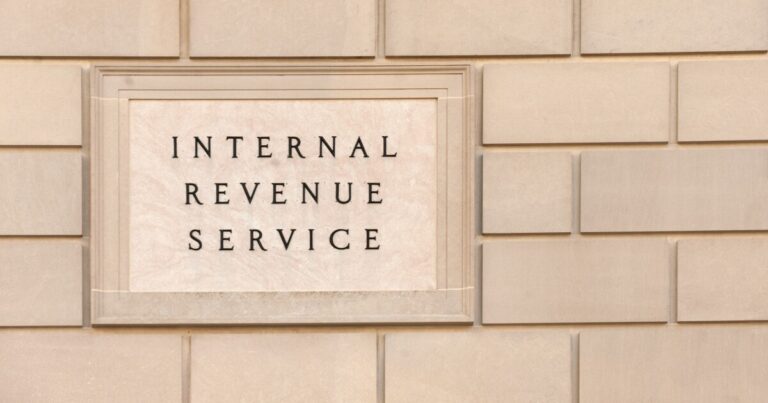The Internal Revenue Service has overhauled its technology modernization plans in response to deep reductions in funding and staffing, and new priorities under the Trump administration.
The Treasury Inspector General for Tax Administration released a report Monday on how the IRS has been spending the funds it received from the Inflation Reduction Act of 2022. The IRS was originally supposed to receive nearly $80 billion over 10 years from the IRA for improvements in taxpayer service, technology and enforcement, but that funding has since been cut in half, especially on the enforcement side. The IRS initially received $79.4 billion in supplemental funding when the Inflation Reduction Act was signed into law in August 2022, the report noted, but as of March 2025, Congress subsequently reduced IRA funding to $37.6 billion. The supplemental funding is available through Sept. 30, 2031.
So far, the IRS has spent only about $5.7 billion of its IRA funding on technology transformation efforts as of March 2025. To complete its modernization efforts, the IRS is continuing to use contractor support. A previous TIGTA report found the IRS has spent approximately $4.9 billion of its IRA funding for contractor support.
In March, the Treasury Department announced a “strategic pause” of IRS modernization efforts. Despite badly needed technology improvements, the new administration is changing its priorities.
“IRS officials indicated that modernization efforts have undergone a significant shift under the new Administration and work regarding the IRA Strategic Operating Plan has been put on hold,” said the report. “Under the new Administration’s direction, the IRS is prioritizing modernization efforts focused on business outcomes and mission alignment.”
In March, IRS and Treasury officials decided to place 48 mostly nontechnical IT executives who were in technical decision-making roles on temporary paid administrative leave while restructuring efforts were underway. In an April newsletter to IT employees, the IRS acting chief information officer described immediate priorities and next steps, including preparing for the next filing season and accelerating progress in critical areas that require more coordination and faster progress. The IRS’s acting CIO also highlighted the launch of the Technical Roadmapping Initiative, whose four key priorities include establishing an interface to enable consistent and secure access to core systems and data across platforms. The initiative also focuses on making it easier to build, test and deploy software with fewer barriers; and aims to eliminate paper-based processes. Some of the initiatives involve the use of artificial intelligence and machine learning in compliance operations such as case selection and case management.


